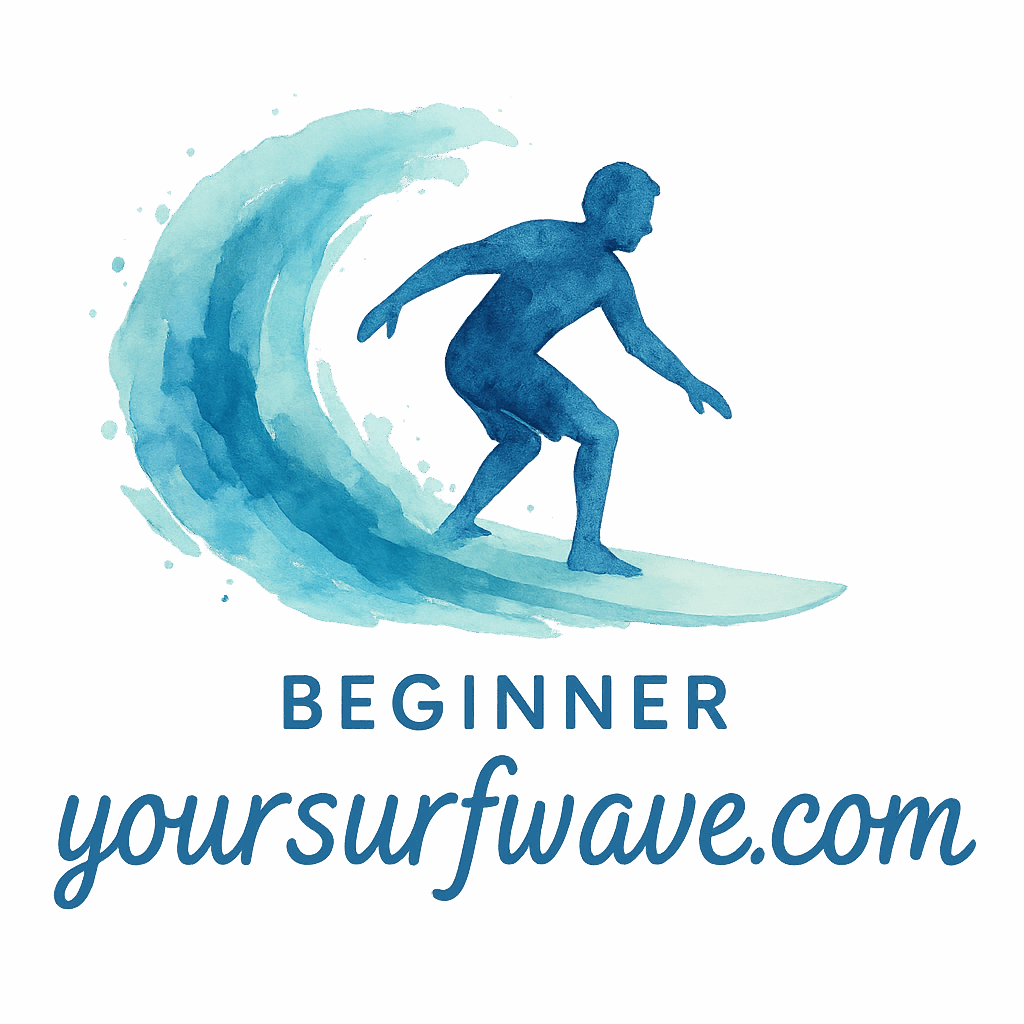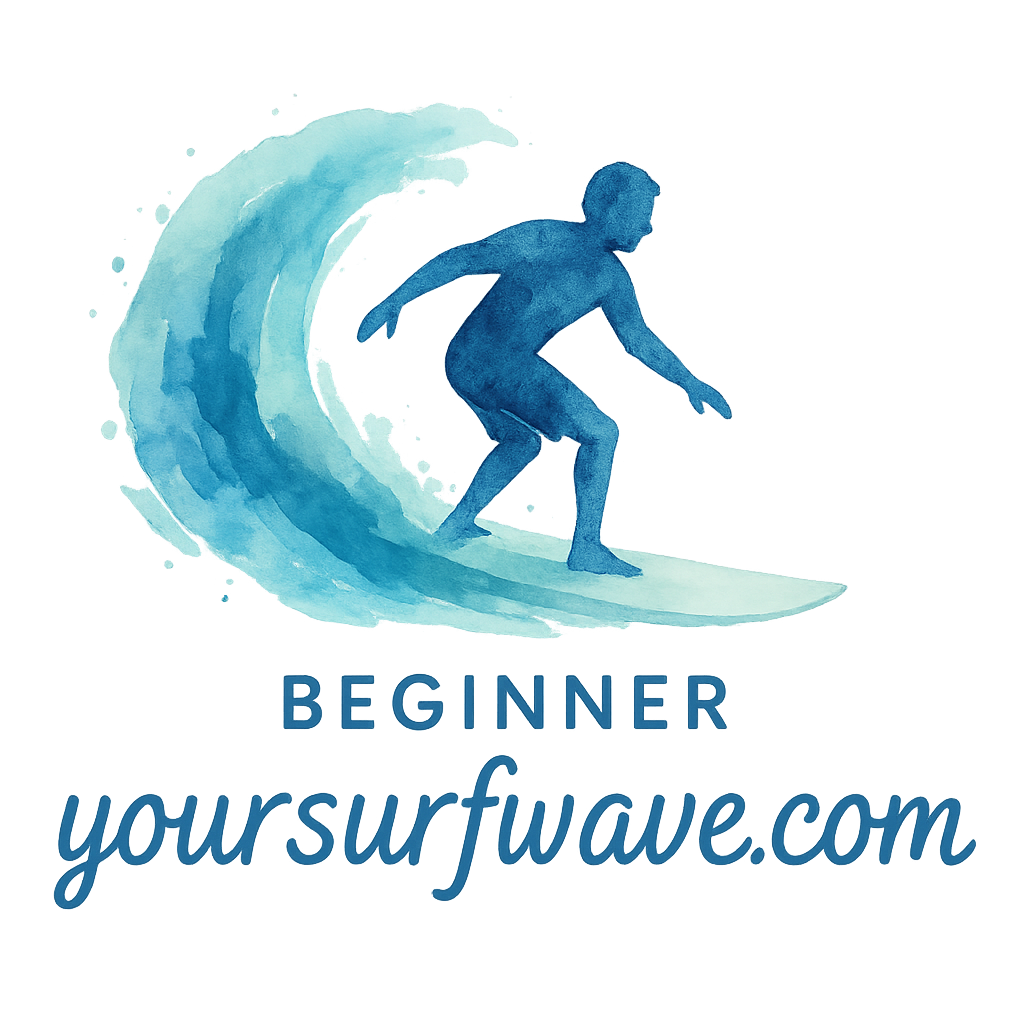Waxing your surfboard is kind of like brushing your teeth — it’s not glamorous, but skip it and things go downhill fast. If you’re just dipping your toes into the surf lifestyle, mastering the art (and science) of surf wax is essential. Let’s dive into the sticky, slippery, and surprisingly fascinating world of surf wax.
Why Surf Wax Even Matters
Imagine trying to stand on a banana peel. That’s your surfboard without wax. Surf wax gives you the grip you need to stay balanced and in control when you’re shredding those waves — especially when you’re just starting out. It’s not just about performance; it’s about safety too.
For more beginner insights, check out the tips at Your Surf Wave Beginner Tips.
The Science Behind Surf Wax Grip
Friction: Your Secret Weapon on the Waves
Your board is slippery by design — which is great for gliding, but not for standing. Surf wax increases friction between your feet and the board, giving you a fighting chance to stay up longer than three seconds.
Grip translates to better turns, more control, and fewer wipeouts. Want to improve your surf fitness too? Pair proper waxing with a good surf workout.
Different Types of Surf Wax
Basecoat vs. Topcoat
Think of basecoat wax as the foundation. It’s harder and more durable. The topcoat? That’s your sticky grip layer. Without the base, the topcoat won’t stick properly — and neither will you.
Water Temperature Matters
Not all wax is created equal. Using the wrong temperature wax is like wearing a winter coat to the beach — it just doesn’t work.
Tropical Wax
Ideal for water temperatures above 75°F (24°C). It’s the hardest wax of the bunch.
Warm Wax
Best for water ranging from 66°F to 75°F (19°C–24°C). This is a common range in many beginner surf spots.
Cool Wax
Designed for 58°F to 68°F (14°C–20°C). Offers a nice balance of grip and softness.
Cold Wax
Super soft and sticky, made for water below 60°F (15°C). Perfect if you’re learning in chilly waters.
Not sure where to surf? Check out some awesome surf locations.
How to Apply Surf Wax Like a Pro
The Right Pattern Makes a Difference
There’s more than one way to wax a board, but a crisscross or circular pattern is beginner-friendly and effective. Cover the entire area where your feet will be — nose to tail isn’t necessary unless you’re longboarding or noseriding.
Don’t Overdo It
Too much wax can actually make you slip more. Think sticky, not sludgy. A thin, even coat is the goal.
Cleaning and Re-waxing Tips
When to Remove Old Wax
If your board starts feeling slick, or the wax looks dirty or patchy, it’s time for a re-wax. Pro surfers often re-wax before each session, but for beginners, once every few sessions is enough.

Best Tools for Wax Removal
A plastic wax comb is your best friend. Some folks use a hair dryer or warm sunlight to soften the wax first — just don’t overheat your board.
Check out the surf gear section at Your Surf Wave for top wax accessories.
Eco-Friendly Wax Alternatives
Why Traditional Waxes Can Harm the Ocean
Many mainstream waxes contain petrochemicals and synthetic additives that aren’t exactly sea turtle-friendly. Over time, that residue enters the water and affects marine ecosystems.
Choosing Green Surf Wax Options
Look for waxes made with organic beeswax, coconut oil, or tree resins. Bonus: they smell amazing too.
Living the surf lifestyle means caring for the ocean — from your gear to your mindset.
Common Beginner Mistakes with Surf Wax
Mixing the Wrong Temperature Wax
Using cold wax in tropical water? It’ll melt off like ice cream. Using warm wax in cold water? It’ll harden and lose grip. Always match your wax to the water temp.
Explore common rookie mistakes at beginner surf tips.
Forgetting the Basecoat
Skipping the basecoat means your wax wears off faster, and your grip disappears mid-session. That’s a recipe for frustration.
Waxing the Wrong Area
Only wax the deck (top side) of the board. Waxing the bottom is a classic newbie blunder. Yes, it happens — no judgment.
Pro Tips to Get the Most Out of Your Wax
- Use a wax comb to rough up your wax before each surf. It refreshes the grip.
- Store wax in a cool, shaded place. A melted blob in your car isn’t fun.
- Experiment with scents and brands until you find your favorite.
- Follow tags like beginner-surfboard or surf-gear for trusted product reviews.
Wrapping It Up: Waxing Wisdom
Waxing might seem simple, but it’s a ritual every surfer should respect. Getting it right can mean the difference between catching a wave and eating it. By knowing your wax, using it wisely, and caring for your board, you’re setting yourself up for surf success.
If you’re still learning the ropes, explore the learn to surf section and surf basics to deepen your knowledge.
FAQs
1. Do I really need to wax a foam board?
Yes, especially as a beginner. Foamies may have grip, but adding wax enhances control and prevents slips.
2. Can I mix different brands of surf wax?
Sure, but results may vary. Stick with one brand for consistency unless you’re experimenting.
3. How long does surf wax last?
That depends on use and conditions. For beginners, a good wax job can last 3–5 sessions before needing a refresh.
4. What’s the easiest way to remove old wax?
Warm your board slightly in the sun, then scrape it off with a wax comb. Use coconut oil or a citrus-based remover to clean the residue.
5. Is there surf wax for indoor training boards?
Most indoor boards don’t require wax, but for traction, try indoor exercise alternatives like traction pads or grip tape.
6. Can surf wax go bad?
Yes, especially if exposed to heat or light for too long. Store it in a cool place and check for texture changes.
7. What’s the difference between surf wax and traction pads?
Surf wax offers flexible grip and is easy to reapply. Traction pads provide permanent grip but limit foot placement. Many surfers use both.


